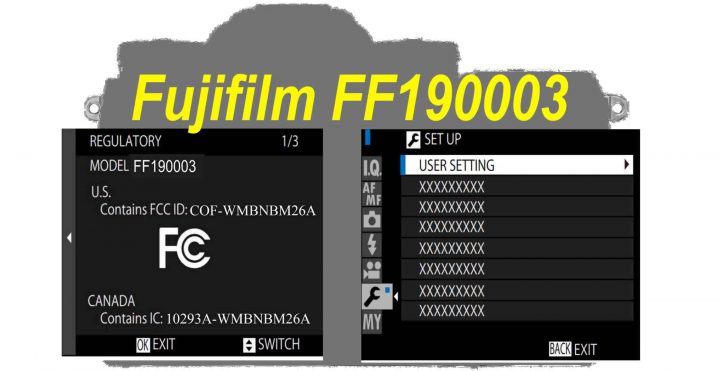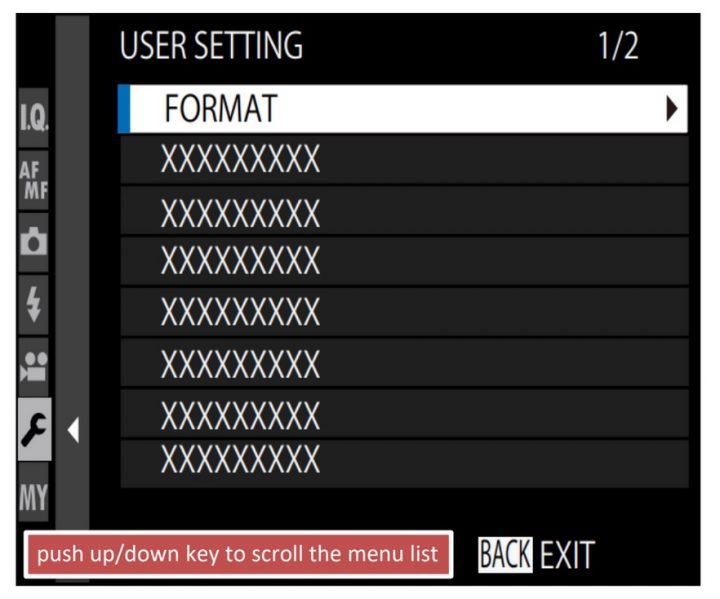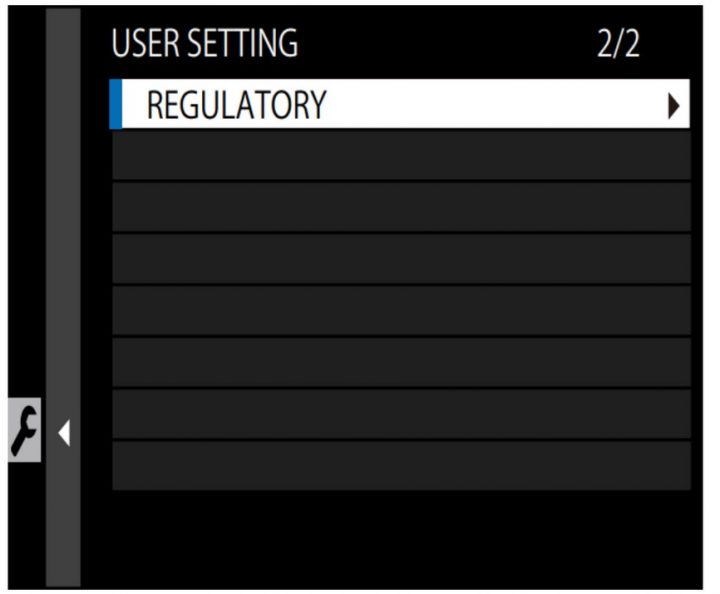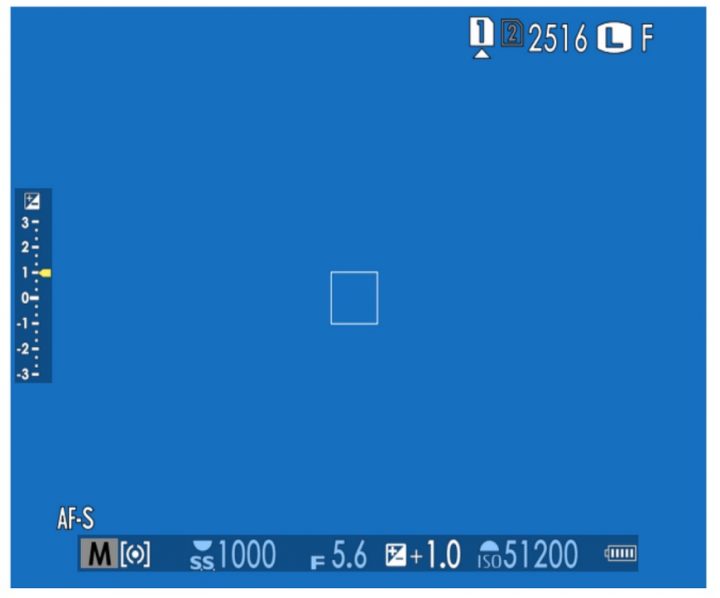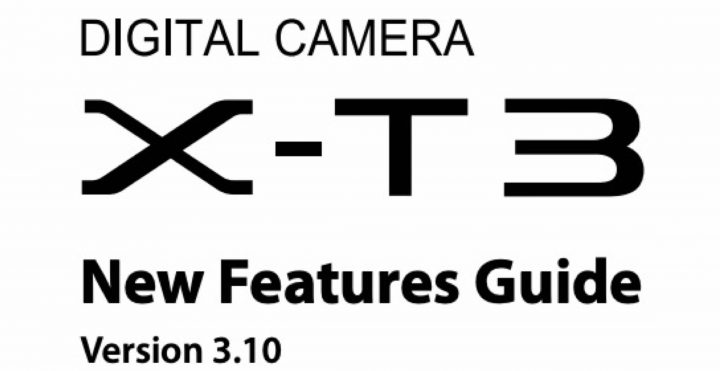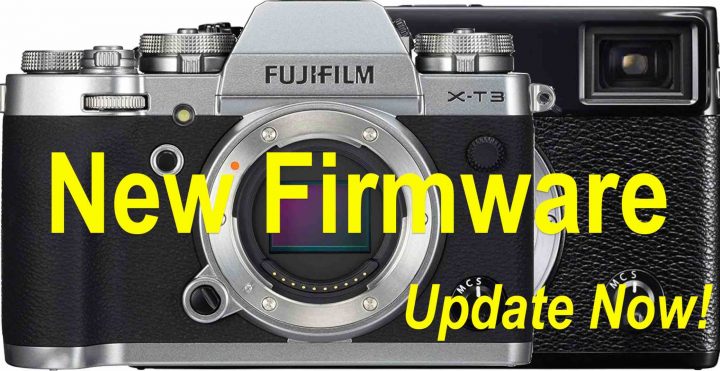Canon Shooter Thomas Heaton Got a Fujifilm X-T3 for his Trip to Nepal and Here is What he says
Popular youtube photographer Thomas Heaton is a Canon 5D MK IV shooter and hardcore Lightroom user.
And yet, it happens that he was attracted by the Fujifilm system, because:
I have purchased a new Fujifilm XT3 and I am changing the way I make videos and take photographs when hiking. My camera gear was always too heavy and in this video I test out a lightweight photography set up which should help me when putting in those long miles.
So he got himself a Fujifilm X-T3 and brought it with him on his trip to Nepal. How did it perform?
- prior to the start, he had concerns with battery life, weather sealing, reliability…. turns out the X-T3 worked absolutely flawless!
- batteries not even an issue. He filmed and photographed for a whole day with 1 battery
- he hiked on very dusty mountains roads, also with non weather sealed lenses, but he never found dust on his sensor, even if he changed lenses on the field
- however, the non weather sealed lenses got dust inside the lens elements, but that’s “kind of to be expected, but it never affected the images“
- very cold temperatures, but no problem, flawless. He is impressed
- it’s the hardest trip he has ever done. Everything is a challenge. Also photography was very challenging
And now to the post processing part.
Thomas is an Adobe aficionado, and the last thing he wants, is to spend money and time on another software. However, upon recommendation, he downloaded a free Capture One trial.
And just as many of us, he experience his little wtf moment ;).
In fact, his landscape images look so much better in Capture One (he says about 30% better compared to Lightroom), and his Fujifilm APS-C files ended up looking like his Canon full frame files!
- He downloaded Capture One to get better results
- a photo he took of a monkey, he likes the results in LR more
- then he compares a landscape image in LR and C1, and while he was slightly disappointed with the LR images, he starts laughing when he sees the C1 image and says “the image in Capture One is fantastic“
- images in Capture One are cleaner, sharper, and they look like better files… it looks like a Canon 5D MK IV file!
- he is not paid by Capture One, he actually does not want to use Capture One, but it just looks so much better. He does not want to purchase Capture One, but he might to have to.
Follow FujiRumors on Facebook, Instagram, RSS-feed, Youtube, Flipboard and Twitter.
- Capture One 20
- Fujifilm X-T3: BHphoto, AmazonUS, Adorama, Focuscamera
Our Owners Groups
- Fujifilm GFX User Group
- Fujifilm X-T User Group
- Fujifilm X-H User Group
- Fujifilm X-E User Group
- Fujifilm X-Pro User Group
- Fujifilm X100 line Group
Our Facebook Pages

